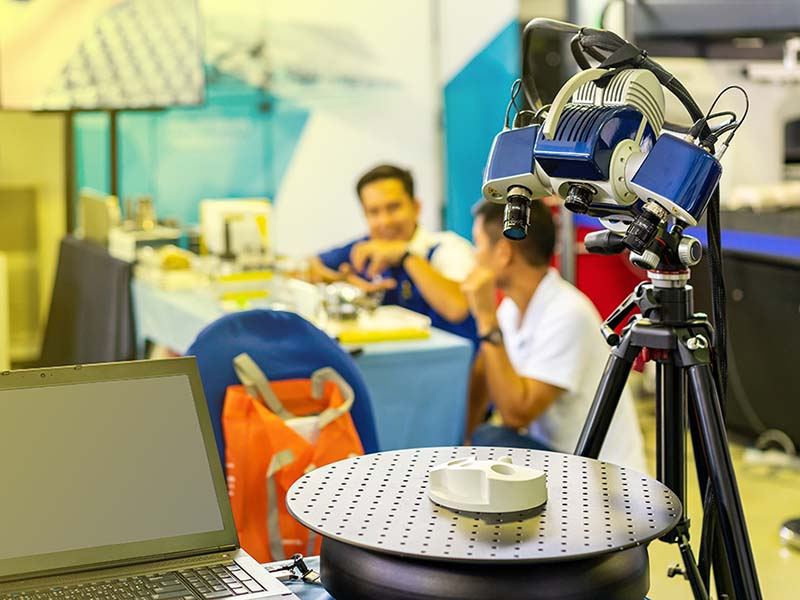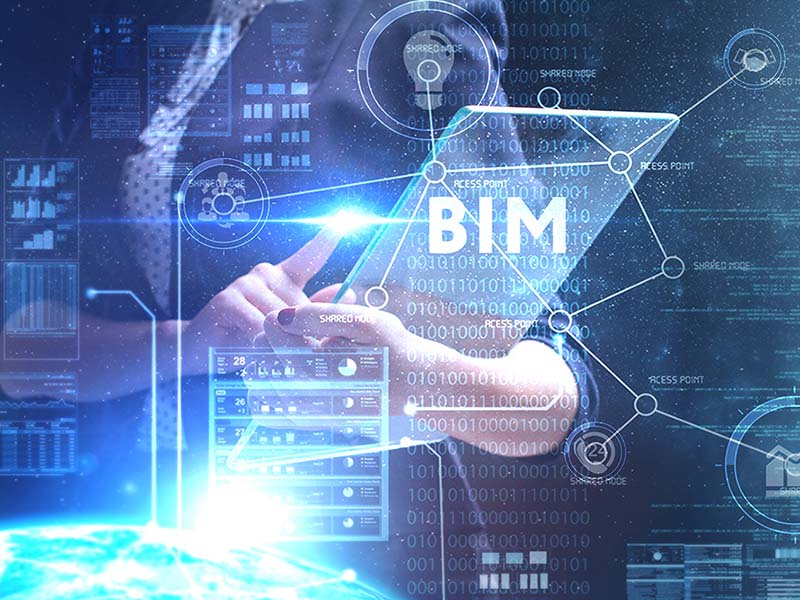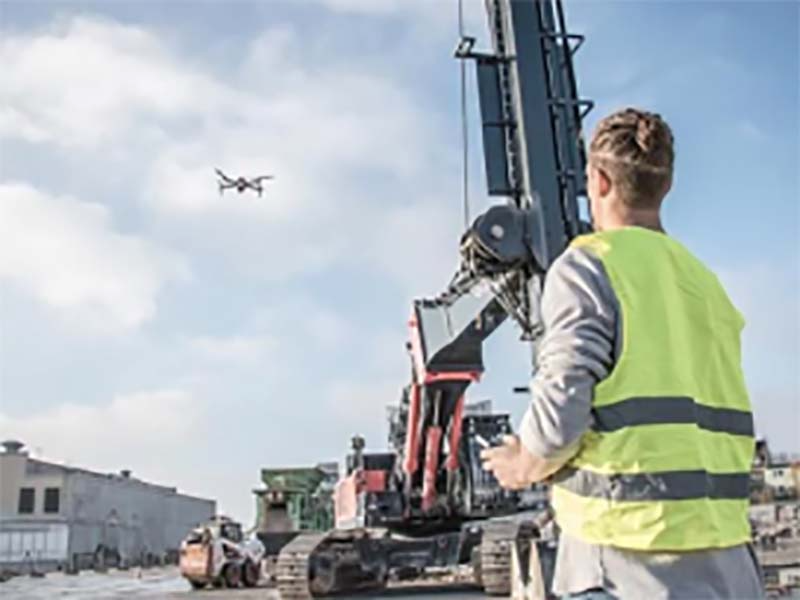The need for rapid scanning
When surveying these potential hospital sites, accessibility and speed is more important than ever, so teams on the ground can complete assessments quickly and safety. Traditionally, public health officials may have relied on hiring an expert to operate a static scanner, taking time to set up and then map out the site. The circumstances we face today, however, require a faster solution. Social distancing advice and travel restrictions also mean that a scan may need to be carried out by someone close to the site without any previous surveying experience. A handheld mobile mapping device using SLAM technology therefore comes into its own in these situations, as it does not require GPS. First developed in the robotics industry, tools using SLAM are capable of scanning indoors or other difficult-to-reach, enclosed spaces. Using information from sensors, normally LiDAR and imagery, digital 3D maps can then be created based on the location of the device, without the need for GPS. SLAM-enabled lightweight rapid scanning, such as GeoSLAM’s ZEB-REVO or ZEB-HORIZON, can allow surveying teams to map and monitor sites on foot or with unmanned aerial vehicles (UAVs).
Mobile mapping in practice
The GeoSLAM team recently worked with Microgeo operator Ventimiglia Mattia for Tecnoin Naples, who was tasked with scanning a five-floor hospital building near Naples who was tasked with capturing data to create 3D models to assess floorplans and building measurements. Requiring a precise scan but delivered at speed, GeoSLAM’s ZEB-HORIZON was chosen as the scanning tool, given its ability to capture distant elements at a range of 100 metres. The device is able to capture 300,000 points per second, ticking the requirement for a rapid mobile scanning solution. It also has a ‘walk and scan’ method of data collection, with minimal training required for any operators. All five floors of the hospital were scanned in under an hour, utilising the ZEB-HORIZON’s UAV capabilities and capturing data on foot. Reference points were used to merge the scans and geo reference the data – enabling the surveying team to create accurate 3D models for analysis. To prove that point, when compared to a terrestrial scanner, the scan’s results were within 2mm, a highly impressive accuracy when you consider the difference in time taken for data collection. This level of accuracy would enable surveyors to identify key features of the building, not only showing potential space utilization for beds but also providing all important details such as the number and location of power outlets for ventilators or other machines. Added to this, by pairing the walk-through data collection with a camera, the ZEB Cam for example, surveyors can create a colorized video. This can be vital to provide context to key decision makers who may not be able to get to visit the site in person.
Keeping workers safe
In these challenging circumstances time is important, but staff safety is of far greater significance. It is critical to limit potential exposure to vectors of the virus, and in a hospital setting this is obviously of paramount importance. Using a terrestrial scanner, setting up the device every one or two metres, it could take a surveyor days or even weeks to scan a substantial building potentially exposing them and the people they encounter to infection. Using a handheld scanner, by comparison, offers rapid surveying, reducing data collection to minutes or hours and allowing the surveyor to walk through the building at a consistent pace and observe social distancing guidance. We are increasingly reliant on innovation to continue to work and socialize in these challenging times. From accessing files stored on the cloud and holding video calls rather than meetings, to keeping in touch with friends or family via Zoom, technology is playing an even more vital role in society. While the economy must continue to function and we should keep in regular communication with our loved ones, there is no doubt that the wider health of our communities is the ultimate priority. We all hope that these new or repurposed hospitals are used as little as possible over the coming weeks and months but, if they are, SLAM technology could have a huge role to play in helping officials to quickly and easily check the safety and viability of each venue.



